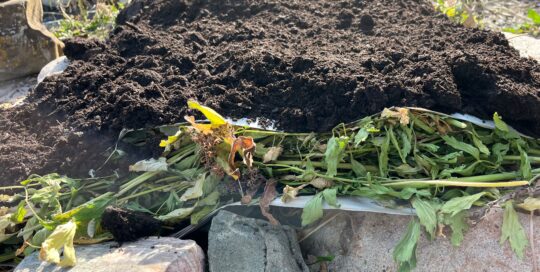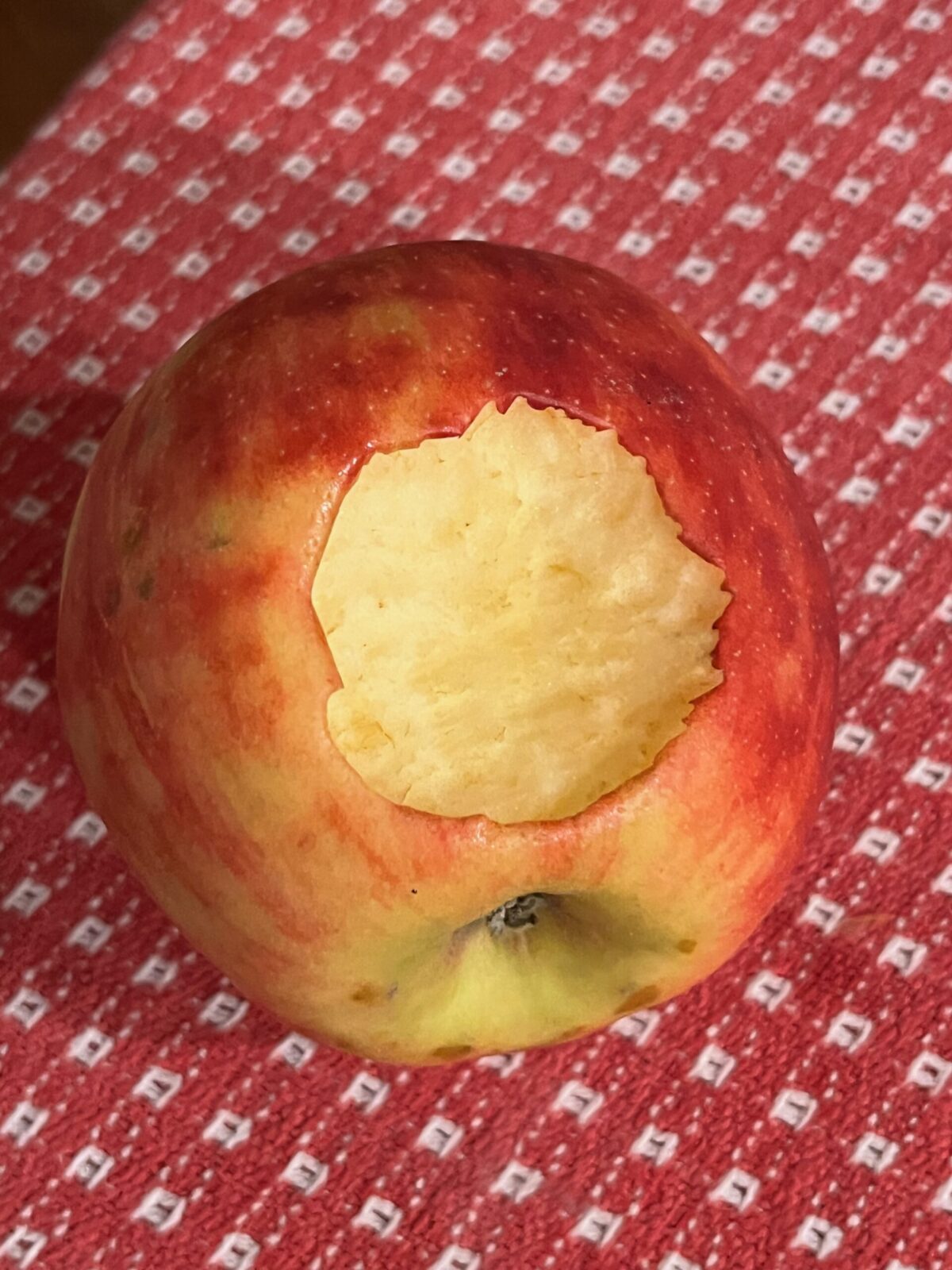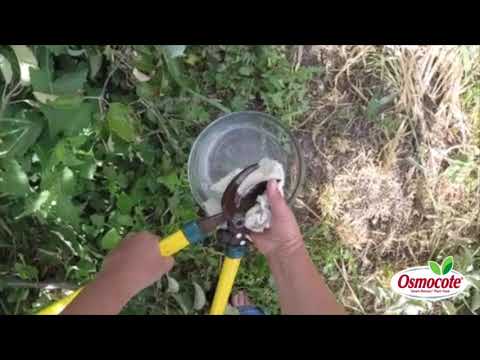What are These Big Beetles with Huge Antennae?
Views: 1834

We went camping this week and my friend warned me it was raining pine beetles. She wasn’t kidding! As the day waned, large pine beetles – a couple of inches in diameter – dropped on campers or were found on the ground. The black beetles looked intimidating, but were these the culprits that decimate our beloved forests?
It’s Time to Prune Trees and Shrubs
Impressing Looking Beetles
After a little research, it looks like we’re dealing with the whitespotted pine sawyer (Monochamus scutellatus). Their bodies are at least an inch long, but the antennae are what’s really impressive, and feel crazy if they’re on your skin when they drop out of the trees.
In general, there aren’t a lot of physical differences between male and female insects, but it’s pretty obvious with these beetles. The exceptionally long antennae that can be up to three times the length of their body is their most eye-catching feature, and the males have these distinctly longer features as a tool to find a mate. The body of the female beetles are usually bulkier and have shorter legs, plus she has more white spots on her wing covers.
Could it be a Different Beetle?
At first glance, it’s possible to believe that this specimen is the invasive Asian longhorned beetle (Anoplophora glabripennis), but it doesn’t take long to differentiate between the two. One of the big difference is the whitespotted pine sawyer (WPS) has a small white spot in the center of the wing covers near the base of its head. In addition, the ALB targets primarily hardwood trees, while the WPS prefers conifer forests.
What Do Whitespotted Pine Sawyer Beetles Do?
Even though these large beetles look intimidating, the adults aren’t the ones that do the damage to trees. It’s also important to distinguish this species from the mountain pine bark beetle (Dendroctonus ponderosae) that wipe out entire forests. The mountain pine bark beetle attacks over-mature and weakened tress, ultimately killing them, while the WPS follow to feed upon the dead or dying trees.
But one point that’s really interesting is the WPS might be outcompeting the mountain pine bark beetle in some areas. Some entomologists believe that the WPS larvae eat the bark beetle larvae by mistake, thereby reducing the populations. It’s definitely an interesting hypothesis that deserves further research.
The female lays eggs into the little cuts of the tree trunks, and when they hatch, the larvae go to work tunneling within the trunk feeding upon the decaying wood. Look for little piles of sawdust and holes along the trunk of the tree. Also, look and listen for woodpeckers because they love plucking out the larvae from the softened trunks.
As far as the adults we saw go, despite having a startling appearance, they tend to feed upon the more tender needles of the conifers, but thankfully, do not do a significant amount of damage.
The WPS were a hit in camp this summer. There’s nothing like a large insect to entertain a bunch of boys! It’s good to know that the WPS is a native species that is a champion of the clean up tasks when it comes to the life cycle of forests.
Meet Amy Grisak
Amy is a freelance author and photographer in Great Falls, MT who specializes in gardening, foods, and sustainable agriculture. She provides information on every kind…
Amy's Recent Posts

What Garden Debris Can You Compost?








